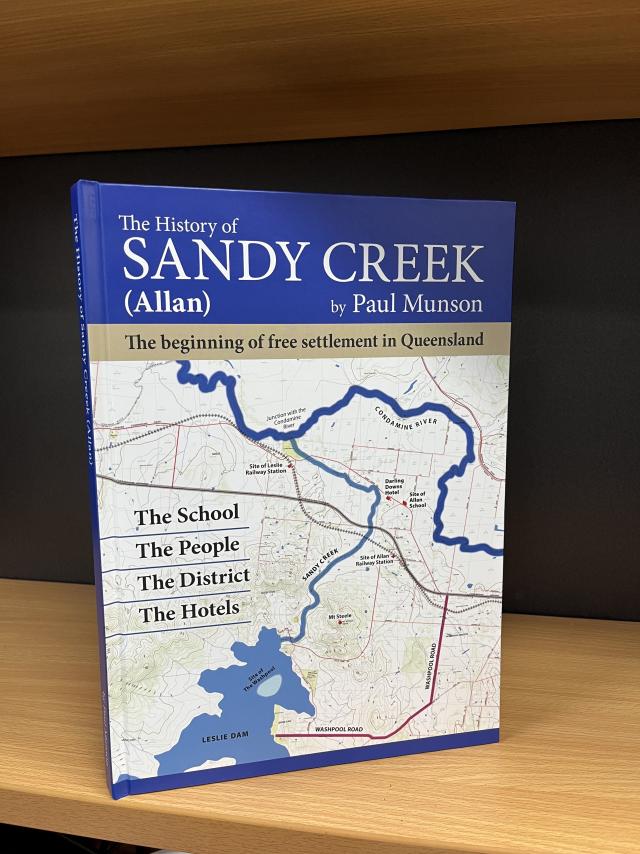By Dominique Tassell
When Paul Munson was asked to write about the Allan School he didn’t expect it to turn into a comprehensive history of the district itself.
The Allan School, originally called Sandy Creek State School, opened in 1872 and closed in 1967. Locals celebrate 150 years of existence this year.
The reunion was set to go ahead on the weekend of 14 May, but had to be postponed due to the flood.
The reunion is now going ahead today at the now privately-owned site.
The school was designed by Richard George Suter, who was an architect in Queensland.
Many of his buildings are now heritage-listed.
Some of his other significant works include Talgai Homestead in Allora, St Mark’s Anglican Church in Warwick, St Augustines Anglican Church in Leyburn, and St James Church of England in Toowoomba.
Suter is recognised for his influence on the standard designs of schools in Queensland with the Board of Education using his designs almost exclusively until 1875.
He eventually became a priest for the Catholic Apostolic Church.
Bill and Sure Goddard, who live in the old school residence and used the old schoolhouse as an office, are passionate about preserving the intact Suter-designed school.
As of 2019, there are only three other Suter-designed timber teaching buildings found on the Queensland Heritage Register; Waterford State School, Mutdapilly State School and Morayfield State School.
The Allan teacher’s residence is considered to be the only known example of its kind to survive in the state, and the entire school was added to the Queensland Heritage Register on 3 May 2019.
It is for this reason that the Goddards asked Paul to record the school’s history.
Paul went one step further and has written about the district which encompasses Leslie Dam, the now-defunct Allan and Leslie railway stations and the township of Allan or Sandy Creek as it is still affectionately known.
Paul also wrote about Assmanhausen Winery and Chiverton and the major part they have played in the area.
The early settlers have not been forgotten, with Paul writing a comprehensive history of the four hotels which captured the trade of teamsters and passing travellers on their way to the Goldfields at Talgai and the southern road to Maryland.
Paul says he has had immense community help, with people lending him photos and contributing articles, and answering his many phone calls and emails.
Of particular help were Don Dippelsman, whose great grandfather took up his first block of farmland there in 1863.
Three generations of his descendants farmed in the district and received their primary education at the Allan School.
Paul says “the wealth of stories contributed give a sense of gratitude to all who read it for the tremendous effort made by those who endured the hardships thrown up by the harsh conditions”.
The book is available at Hynes Newspagency or from Paul himself.
You can contact Paul on 4661 5051 or email him at paulmunson53@gmail.com
Paul has previously written a book about the history of Pozieres on the Granite Belt, coinciding with the Pozieres School celebrating its centenary.







